I’ve received numerous inquiries over the years about performing a liver cleanse. In this environment filled with toxins, our liver and gallbladder can definitely suffer stress. Here’s a natural way to support your liver and perform a cleanse (though it might not be what you expect!).
Defining a Liver Cleanse
Various natural remedies claim to assist with gallbladder stones and liver cleansing. Among the popular suggestions is a high-fat concoction made with olive oil, either lemon or grapefruit juice, and Epsom salts (magnesium sulfate).
Typically, the process begins with consuming apples or apple juice for several days. Following this, the individual drinks water mixed with Epsom salts, then a substantial quantity of olive oil and citrus juice. They lie on their right side (or left, according to some sources), allowing the laxatives to have their effect.
This approach aims to build up bile in the gallbladder and rapidly increase bile flow, theoretically flushing out gallstones that cause gallbladder issues. But is it effective?
To understand, we need to explore how our liver and gallbladders function.
Basic Anatomy of the Liver and Gallbladder
Our liver plays a crucial role in detoxifying our body. Some of its numerous functions include:
- Managing chemicals in the blood
- Converting glucose into glycogen for storage
- Regulating amino acids, which are protein building blocks
- Producing cholesterol
- Creating bile
- Storing iron
- Controlling blood clotting
- Hormone processing
- Clearing bilirubin from red blood cells
In total, the liver performs over 500 essential functions for survival. It produces bile, which is then transported and held in the gallbladder. Upon fat consumption, the gallbladder releases bile salts into the small intestine, aiding in fat digestion, certain vitamin absorption, and waste removal.
Maintaining Gallbladder Health
We often ignore our gallbladder until it malfunctions. Some individuals are prone to gallstones, causing discomfort like abdominal pain, nausea, and vomiting, particularly after eating. Women are twice as likely as men to develop gallstones.
Fortunately, over two-thirds of people with gallstones experience no adverse symptoms. Other high-risk groups include pregnant women, diabetics, and those with rapid weight loss. The danger arises when gallstones block the common bile duct, which links the liver, gallbladder, and small intestine. If gallstones obstruct the duct to the pancreas, it can be life-threatening.
Conventional treatment often involves gallbladder removal surgery. Given the gallbladder’s vital digestive role, preserving it is preferable if possible.
Love Your Liver
To protect our liver and gallbladder, given their significant responsibilities, we should nurture them. Opinions on liver cleanses vary. Some assert that our livers detox naturally without intervention, while wellness experts advocate stringent cleansing regimens for support.
The question remains: do liver cleanses work, and what is the optimal method?
Are Liver Cleanses Effective?
Earlier, I outlined a common liver cleanse method. Alternatives include liver detox supplements and pills.
Anecdotal evidence suggests a gallbladder flush might reduce gallstones. Fasting and high laxative doses can clean the digestive system, alleviating bloating and constipation and encouraging bowel movements.
Many have noticed improvements in gallbladder functioning or pain relief, while others did not see changes and even experienced negative side effects like nausea, vomiting, and diarrhea. In severe cases, those who attempted such cleanses required gallbladder surgery. Although some stand by them, concrete research is scarce.
The liver cleanse concept possibly began with a 1999 opinion letter in The Lancet, where a chemical engineer recounted his wife passing soft, brown “stones” after consuming apple juice and olive oil.
However, the green chunks often passed during this cleanse are likely not gallstones.
A Different Way to Make Soap
Investigations have revealed the “gallstones” expelled during a gallbladder cleanse contain fatty acids and potassium carboxylates rather than undissolved cholesterol or bilirubin, present in real gallstones. This suggests the olive oil and citrus juice form soap in the body, leading to impressive bowel movements but offering little liver benefit.
The Best Approach to a Liver Cleanse
Supporting our liver and gallbladder with consistent healthy patterns, though less dramatic, is most effective. We do live amidst toxins, burdening our bodies. Thus, detox baths and armpit detoxes are part of my routine.
Reducing toxin exposure and bolstering natural detox functions are key. Here are ways to support your liver and gallbladder health.
Nourishing the Liver
Healthy eating is fundamental. Livers can regenerate with improved dietary inputs, resulting in healthier organs.
Surprisingly, coffee aids liver health by lowering liver enzymes and alleviating inflammation. However, moderation is important. Green tea, with less caffeine, also offers liver benefits.
Amino acids are vital for protein synthesis. Grass-fed meats, pasture-raised chicken, and (if tolerated) grass-fed dairy are excellent protein sources. For an amino acid boost, I use this supplement.
Other beneficial foods include:
- Dark leafy greens and vitamin K-rich foods for clotting
- Glutathione-promoting foods like cruciferous veggies, kale, watercress, and onions for detox
- Antioxidant-rich fruits such as berries for inflammation reduction
- Fiber from fruits, vegetables, and occasional healthy grains for regularity
- Healthy fats that trigger bile release, preventing gallbladder buildup. However, fats can exacerbate issues during pancreatitis or gallbladder blockages.
Coffee Enemas
Beyond drinking, coffee enema enhances liver function by prompting bile release and toxin flushing.
Learn more about coffee enemas and their applications.
Herbs for Liver Cleansing
Although no “magic pill” exists, numerous herbs bolster liver and gallbladder health.
- Cholagogues stimulate the gallbladder for increased bile flow to the intestines.
- Cholerectic herbs enhance liver bile production.
- Nutritive herbs support body functions when used in larger amounts, like in cooking and tea. Examples include nettle, dandelion, and red raspberry leaf.
Cautionary Notes
Medical advice generally warns that herbal remedies may be detrimental with gallstones in ducts. Symptoms of potential pancreatitis or bile duct blockage include:
- Sudden abdominal pain
- Chills
- Fever
- Nausea and/or vomiting
- Pain extending to the shoulder or chest
- Pain in the right shoulder or between shoulder blades
These are not exhaustive. Consult a doctor or hospital for suspected gallstone blockages, as gallstone pancreatitis can be fatal if untreated. Other complications may arise from severe gallstone issues.
For those with gallbladder sludge or at risk for stones wishing for natural assistance, here are some remedies. Note: This is not medical advice; consult your healthcare provider before starting new regimens.
Exploring Milk Thistle
Milk thistle has been a connoisseur of liver aid for millennia. In traditional Chinese medicine, it aids liver inflammation reduction, strengthening, and toning. It facilitates fat digestion and toxin removal, supporting bile flow for digestive and metabolic functions.
Find milk thistle in tincture or herb forms for tea, or try standardized capsules high in silymarin. Use cautiously, especially with insulin or similar medication.
Incorporating Dandelion
Dandelion leaf enhances recipes such as Bieler’s broth and iced lime and dandelion tea. Although a common lawn foe, dandelion offers notable advantages. As a bitter herb, it stimulates digestion, bile, and enzymes. Dandelion root, a choleretic, bolsters fat digestion and reduces liver and gallbladder inflammation.
Drinking dandelion root tea provides liver support. Germany’s Commission E advises caution with blocked bile ducts or severe gallbladder issues. As a nutritive herb, it’s generally safe; learn more about dandelion root and its uses.
Using Artichoke Leaf
Artichoke leaf, sharing history with its flavorful hearts, long served liver and gallbladder health. A 1994 study confirmed increased bile flow, with animal and human studies showcasing its liver protection. By stimulating bile, it aids digestion and alleviates constipation.
Its safety is typically affirmed with rare allergic reactions. Artichoke leaf is unsuitable for those with obstructed bile ducts or liver disease. Available in tincture, tea, or capsules.
Oregon Grape Root Insights
This bitter herb stimulates liver function and elevates bile flow, also showing potential to normalize liver enzymes and reduce inflammation. Herbalist Michael Tierra suggests combining with dandelion and fennel for gallstones, but avoiding with a blocked gallbladder or hyperthyroidism.
Available as tea, tincture, or capsule, it’s best to source cultivated Oregon grape root given its endangerment risk.
Many other liver- and gallstone-aiding herbs exist. Consider yellow dock, barberry, helichrysum, and turmeric, researching these to determine personal suitability.
Liver Detox Tea Recipe
Discover this straightforward recipe with liver-supportive herbs.
- Boil water in a small saucepan with a lid on.
- Add herbs, cover, and steep for 15 minutes.
- Strain thoroughly and sweeten with honey, if desired.
Liver Detox Tea Nutrition Information
- Calories per serving (1 serving): 23
- Fat: 0.1g (0% Daily Value)
- Sodium: 12mg (1% DV)
- Carbohydrates: 6g (2% DV)
- Fiber: 0.1g (0% DV)
- Sugar: 6g (7% DV)
- Protein: 0.1g (0% DV)
- Vitamin C: 0.2mg (0% DV)
- Calcium: 8mg (1% DV)
- Iron: 0.2mg (1% DV)
Percent Daily Values are based on a 2000-calorie diet.
Notes: You can substitute stevia if preferred. Try adding milk for a creamy version. Intake can be up to 1-2 cups daily for liver, gallbladder, and digestive support.
Who Can Drink Liver Detox Tea?
Generally, this tea is deemed safe for most individuals. Opinions on detox during pregnancy vary; err on the side of caution. Nursing mothers might also proceed carefully. Always consult a doctor if you have a gallbladder blockage or are on insulin.
While it won’t immediately eliminate gallstones, this tea nurtures liver functions and bile flow over time, aiding optimal liver and gallbladder performance.
Have you tried a liver flush before? How do you maintain liver health? Share your experience in the comments below!


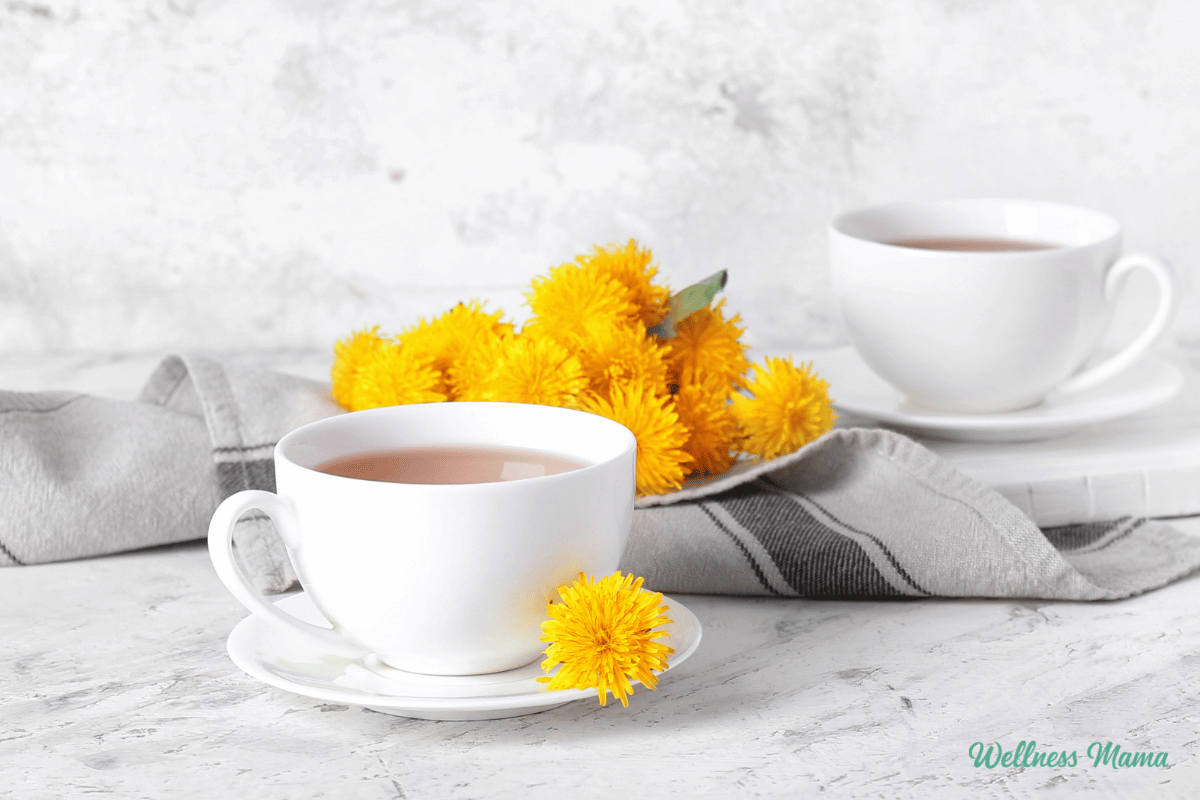
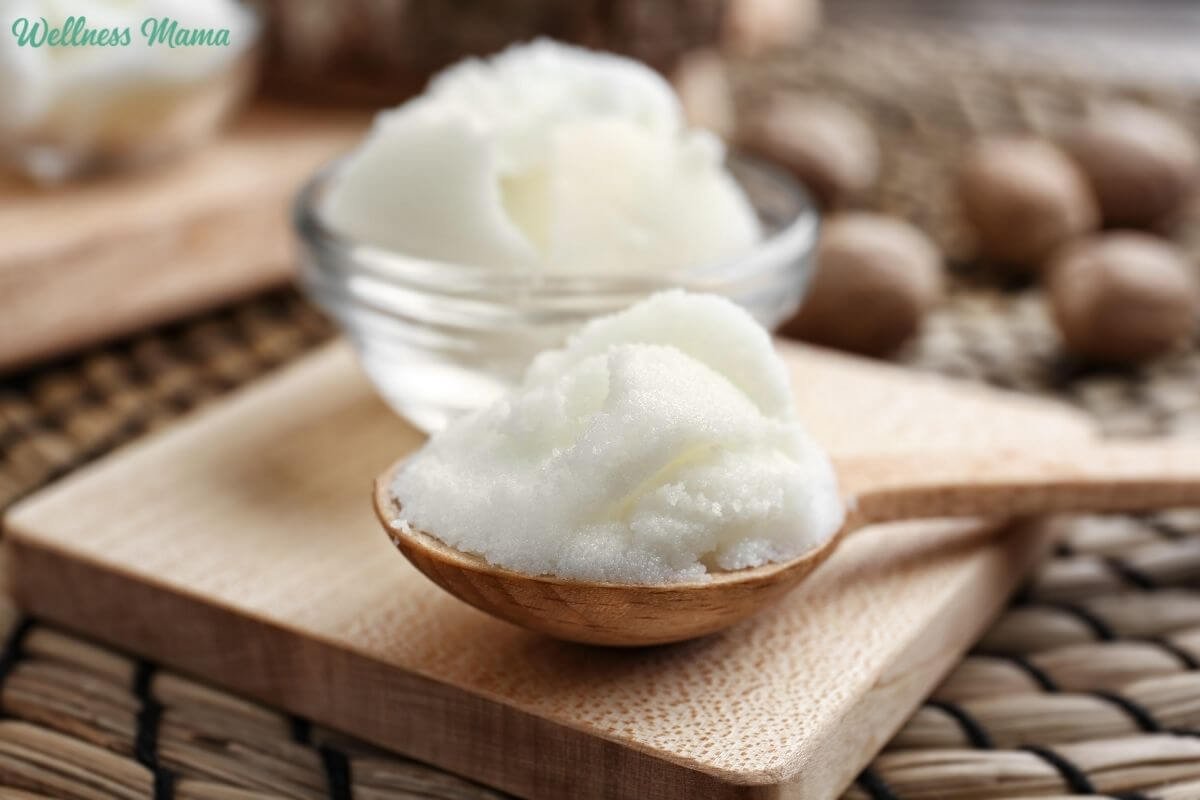
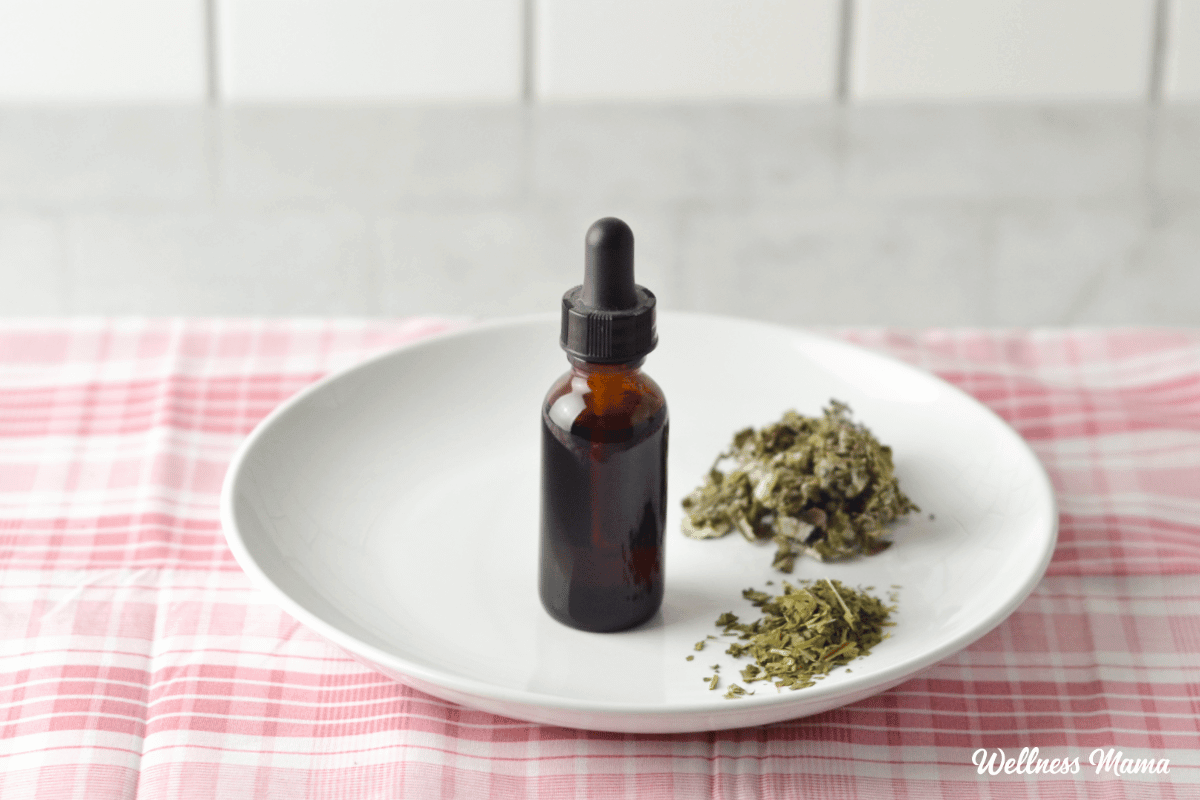

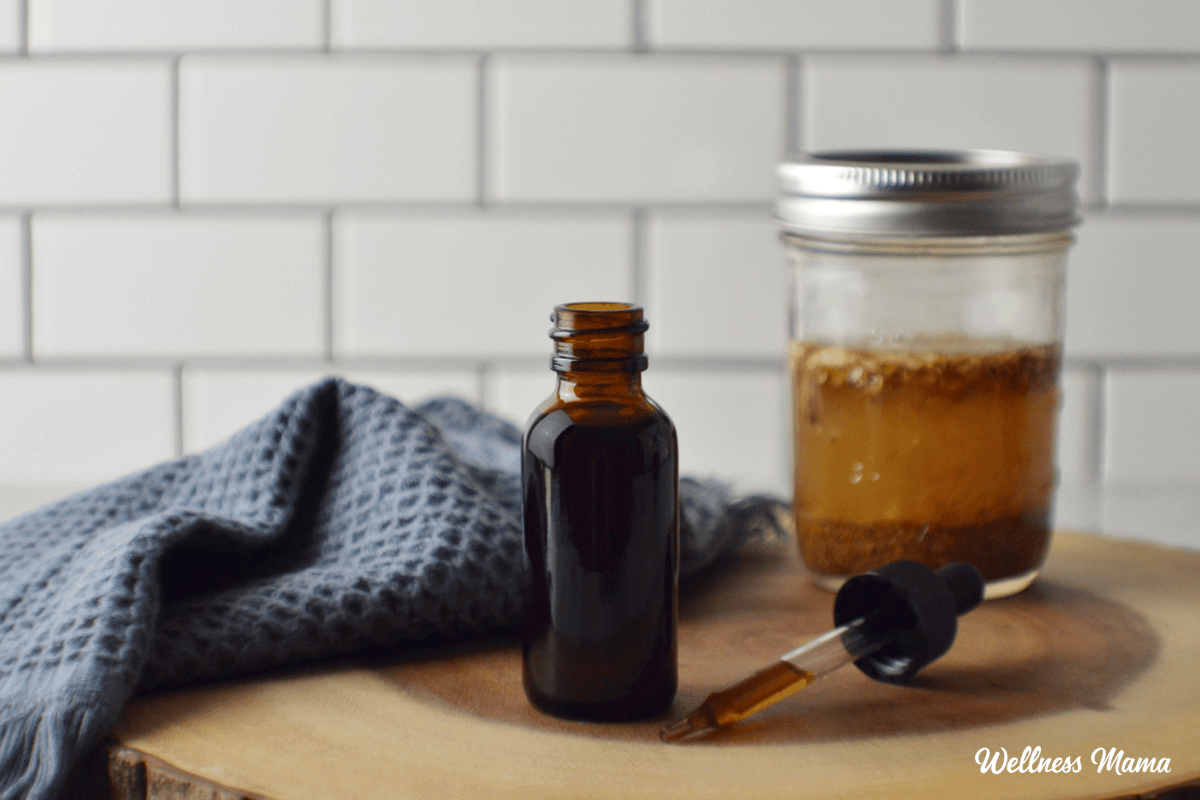



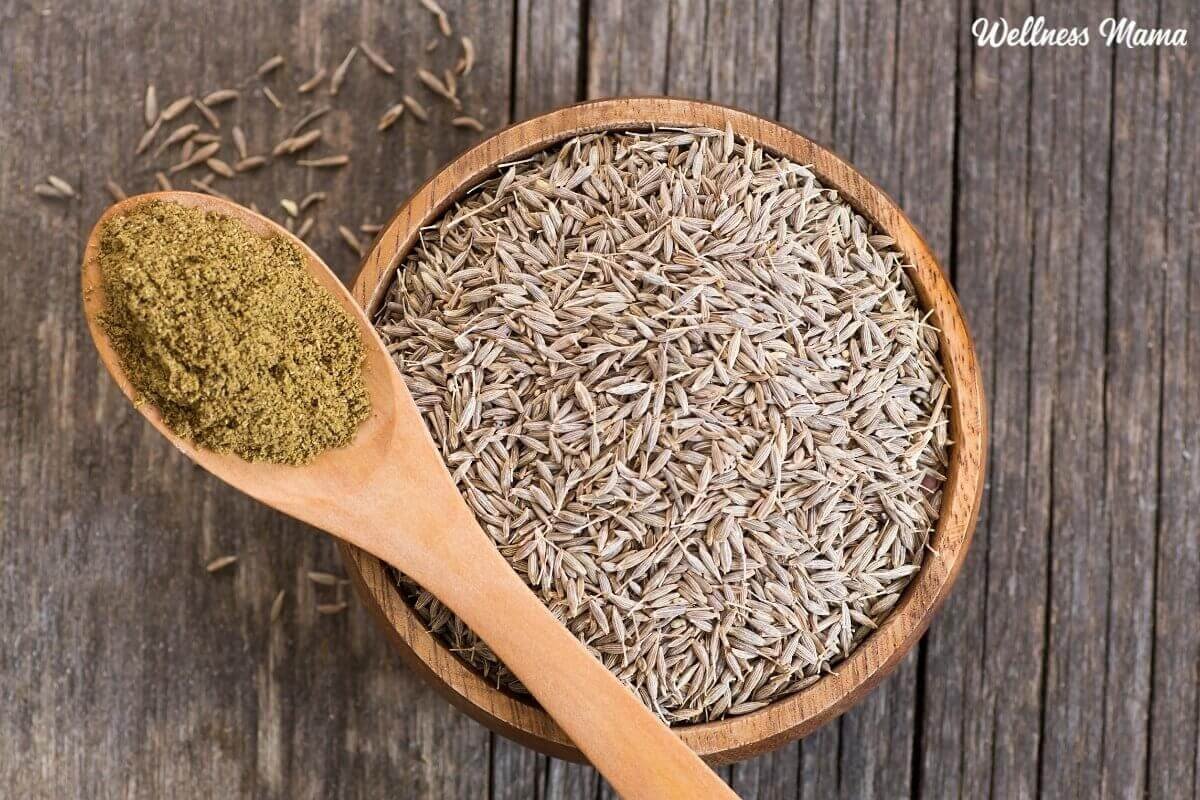



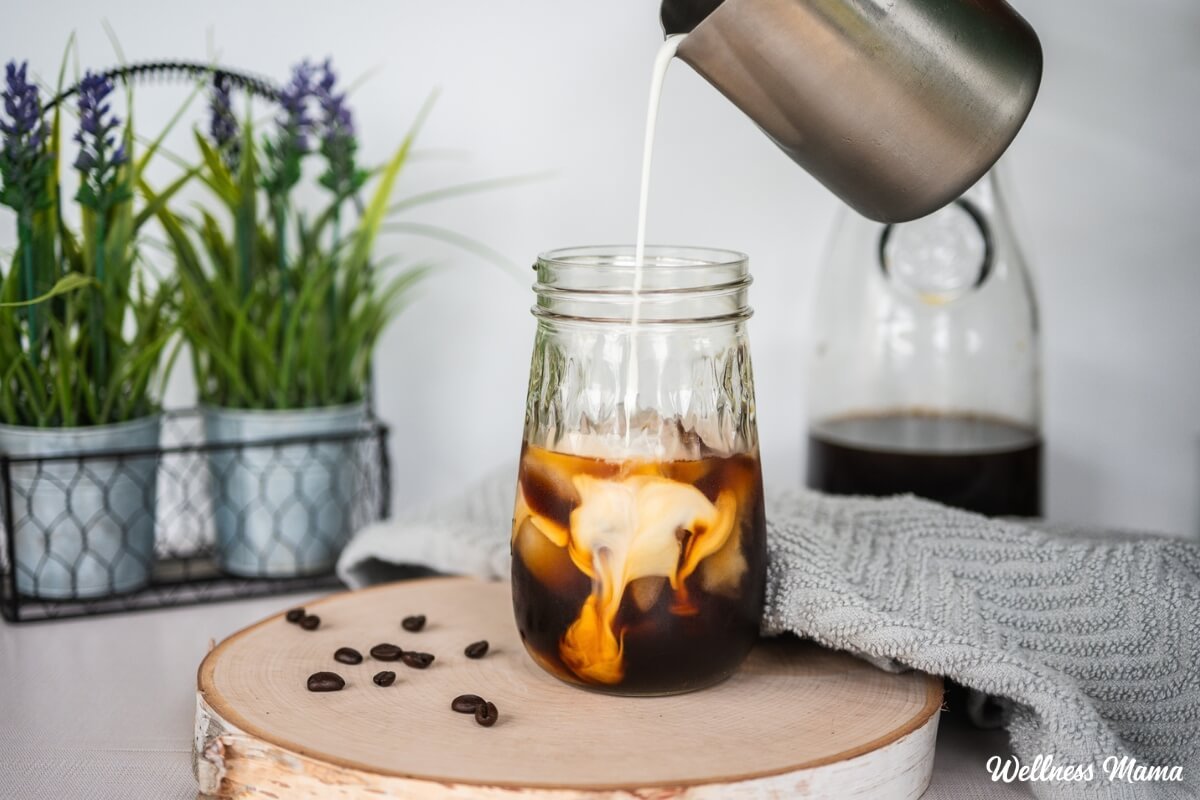
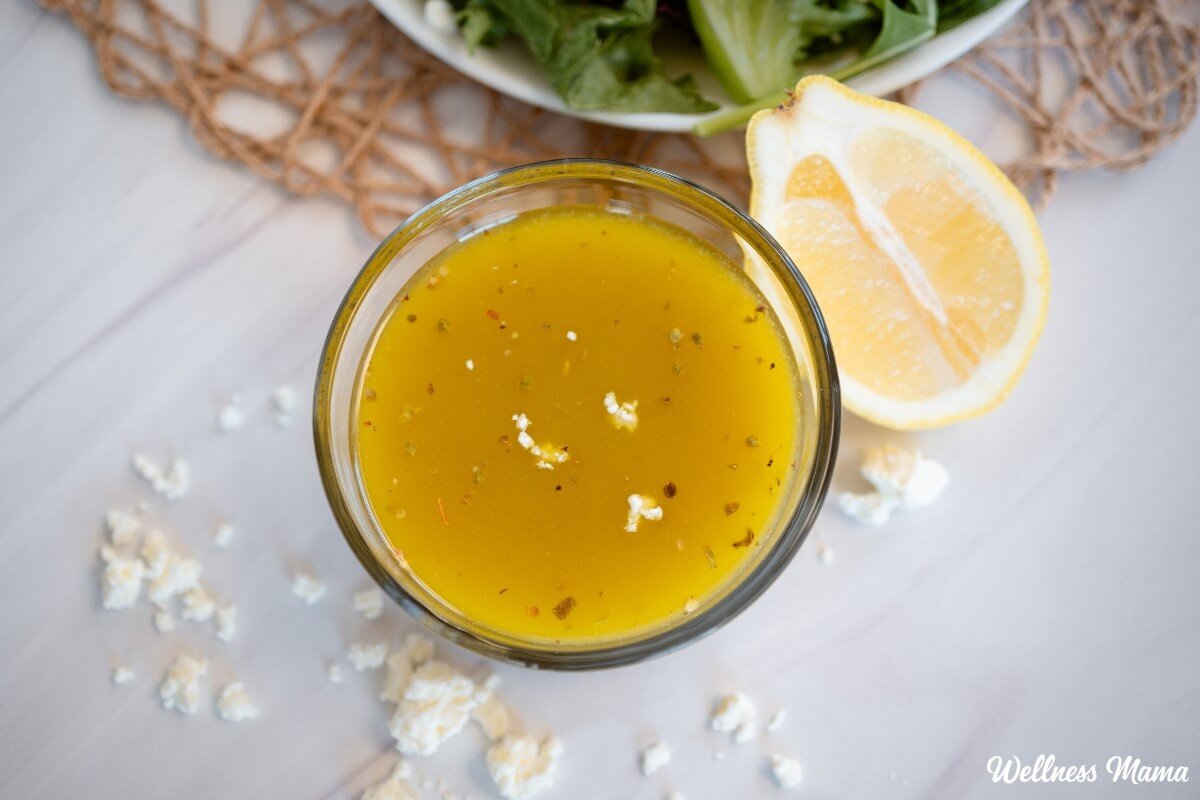
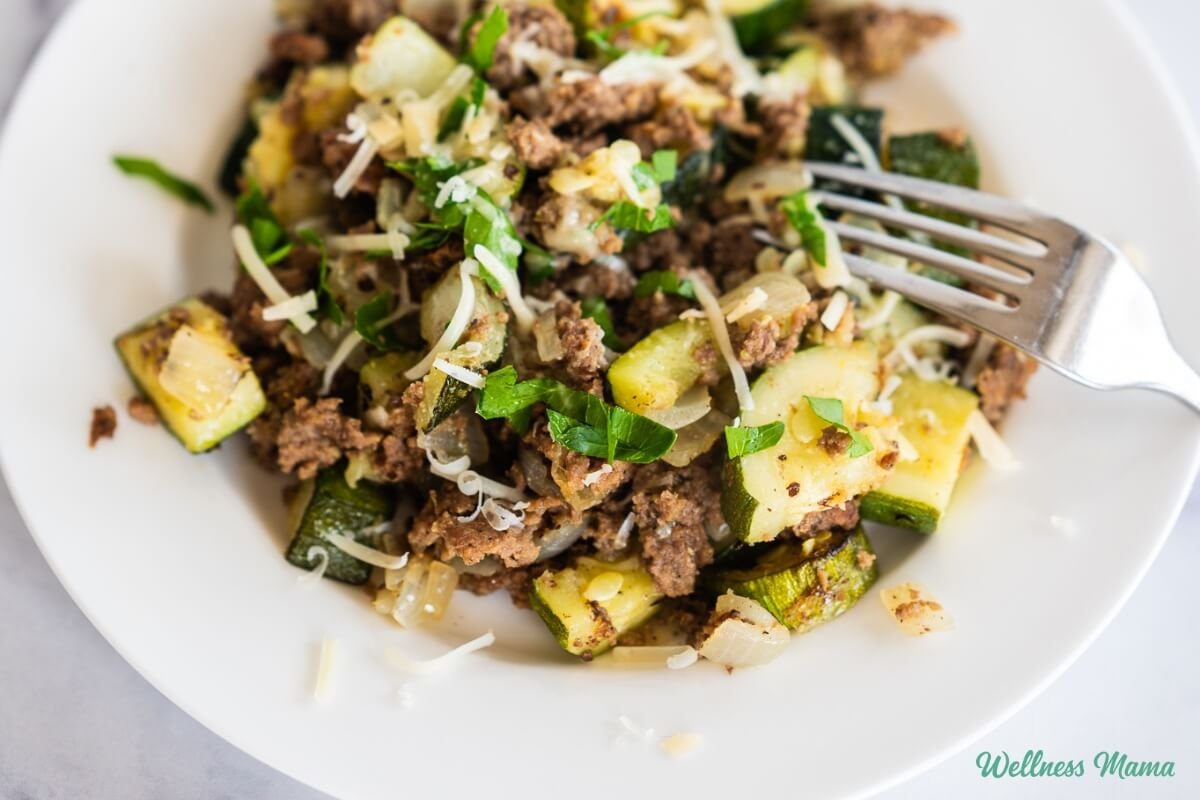
Leave a Reply